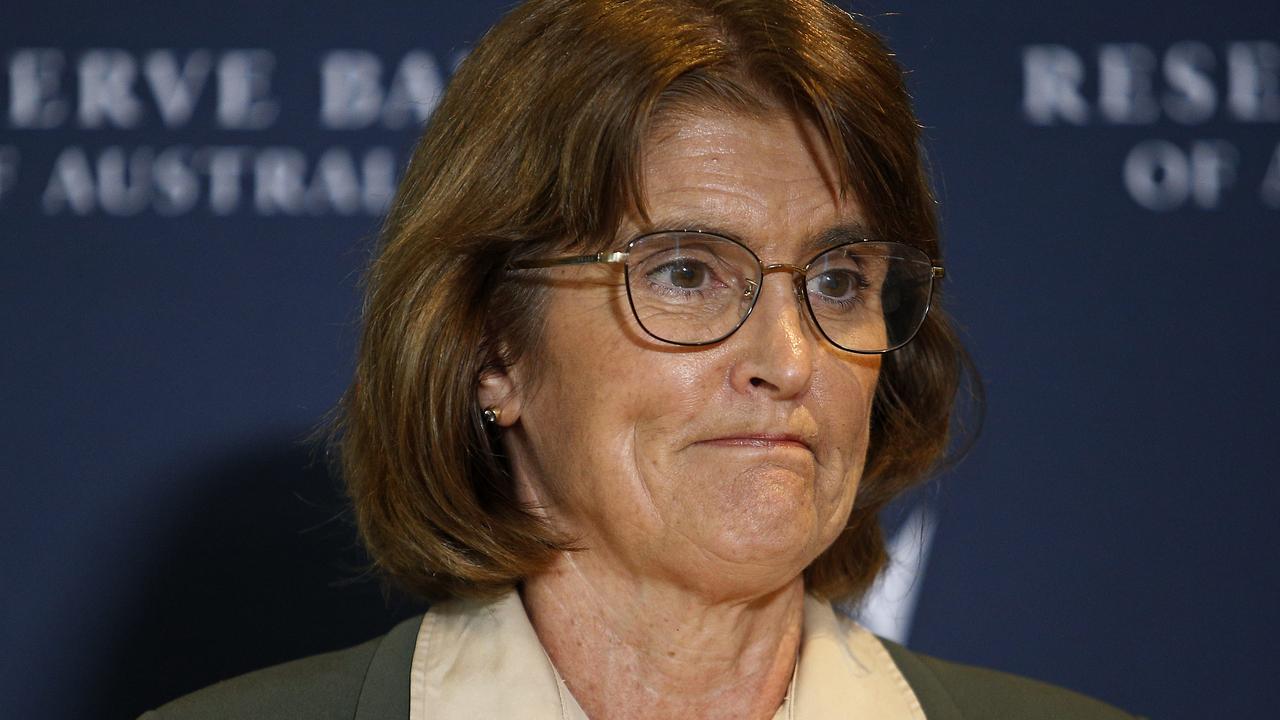‘Recipe for disaster’: Australia faces housing crisis amid surge in migration and decline in building approvals
A leading economist has issued a chilling warning to Australia, saying the country is swiftly heading towards an “economic disaster”.
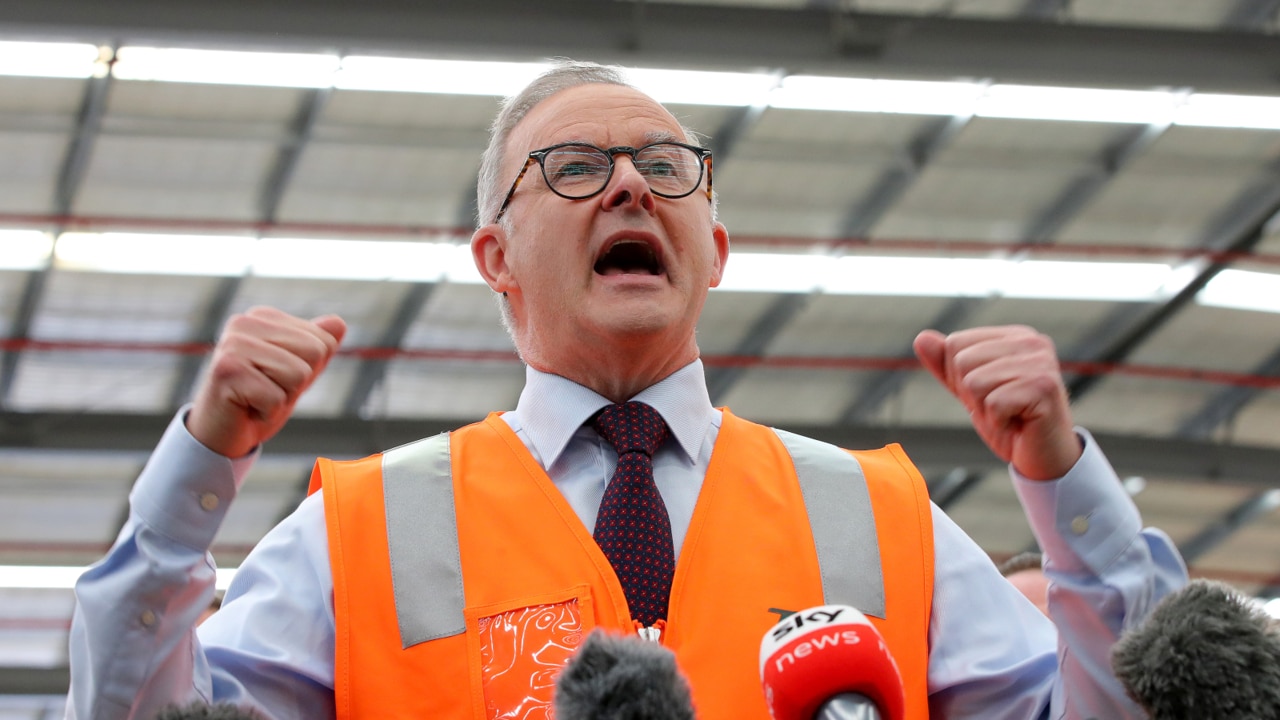
Australia is heading for an “economic and humanitarian disaster” with limited new homes for locals and simply nowhere for migrants to live, a leading economist has warned.
Inflation has left millions struggling to meaningfully save money, while others are being flat out crippled by surging rental, supermarket and general day to day expenses.
But according to David Wild, Deputy Executive Director of the Institute of Public Affairs (IPA), it’s about to get a whole lot worse for those who don’t have the luxury of several paid- off homes to their name.
There has been a whopping 9.9 per cent decrease in the number of private sector houses getting building approval since December 2023, according to the latest data from the Australian Bureau of Statistics (ABS), with overall dwelling approvals dipping by 1 per cent. This was buoyed by a 14.5 per cent rise in the approval of non-house dwellings, such as apartments.
Aussies who do not own homes have been slugged with gargantuan rent increases, particularly in major cities, as the demand soars. Meanwhile, countless others who plonked their life savings on a deposit are now finding themselves under considerable mortgage stress.
“Governments at all levels are setting Australia up for an economic and humanitarian disaster, as latest dwelling approvals show we are simply not building enough houses for first home buyers and new migrants alike, despite record intakes,” Mr Wild said in a statement provided to news.com.au.
The latest ABS data follows analysis by the Housing Industry Association, which revealed a housing construction shortfall of 200,000 dwellings against the federal government’s target over the next five years.
Recent research from the Institute of Public Affairs also found that there will be a net housing supply shortfall of 252,800 dwellings in the years up to 2028.
The migrant boom following the post-Covid border reopening has unbalanced the scales, with 2023 marking the first year in Australia’s history that more than one million migrants entered the country.
“Today’s ABS data highlights the real-world consequences of unplanned, record levels of migration. Despite repeated warnings, the federal government continues to push the accelerator on migration at the exact same time as the brakes are being slammed on housing approvals,” Mr Wild continued.
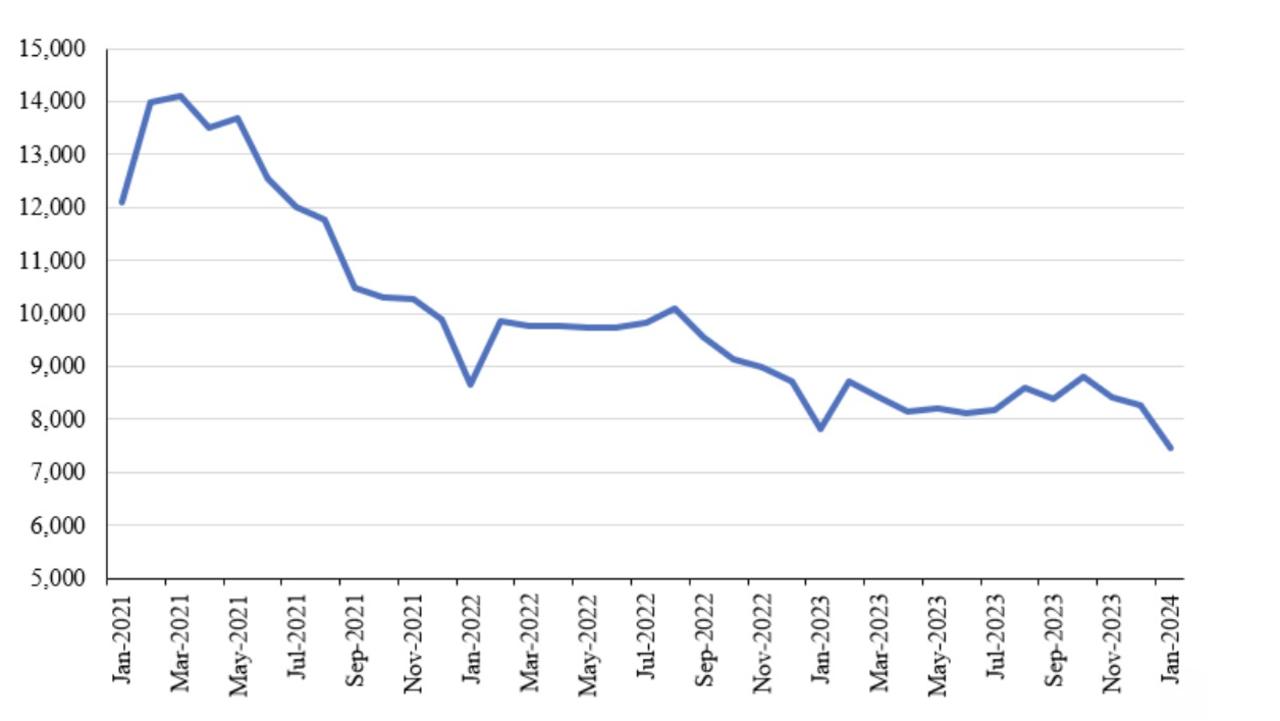
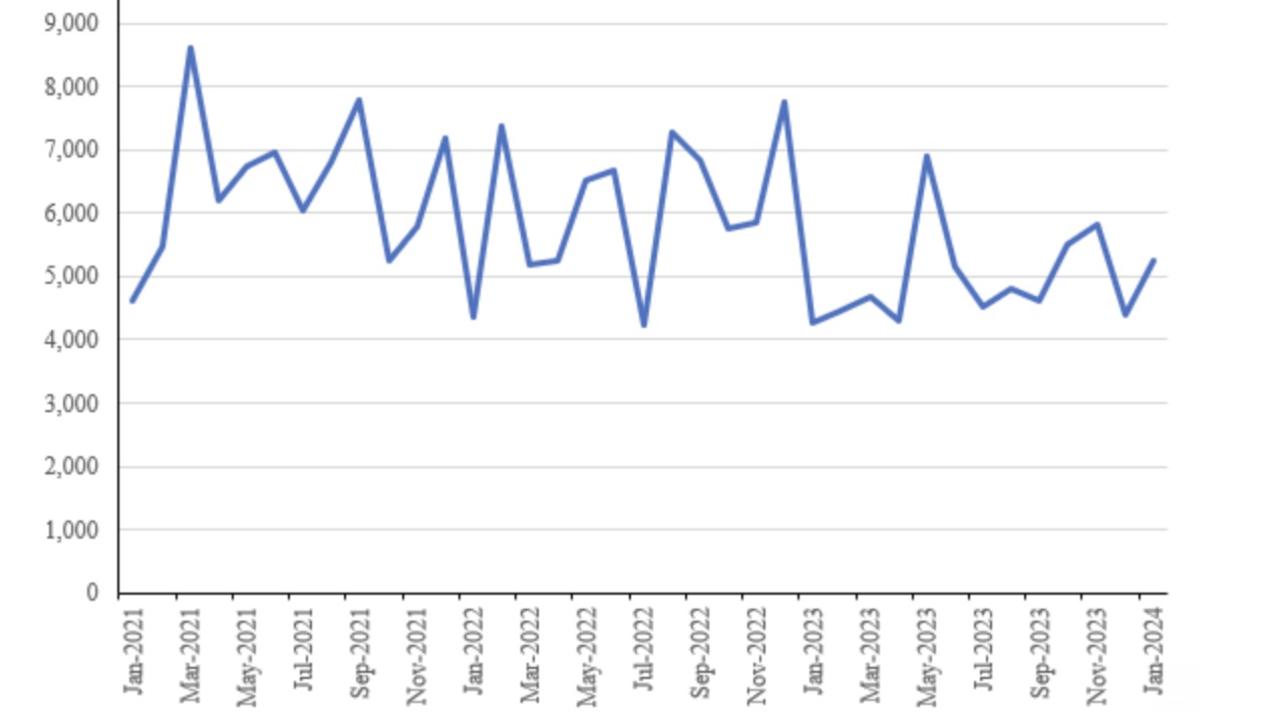
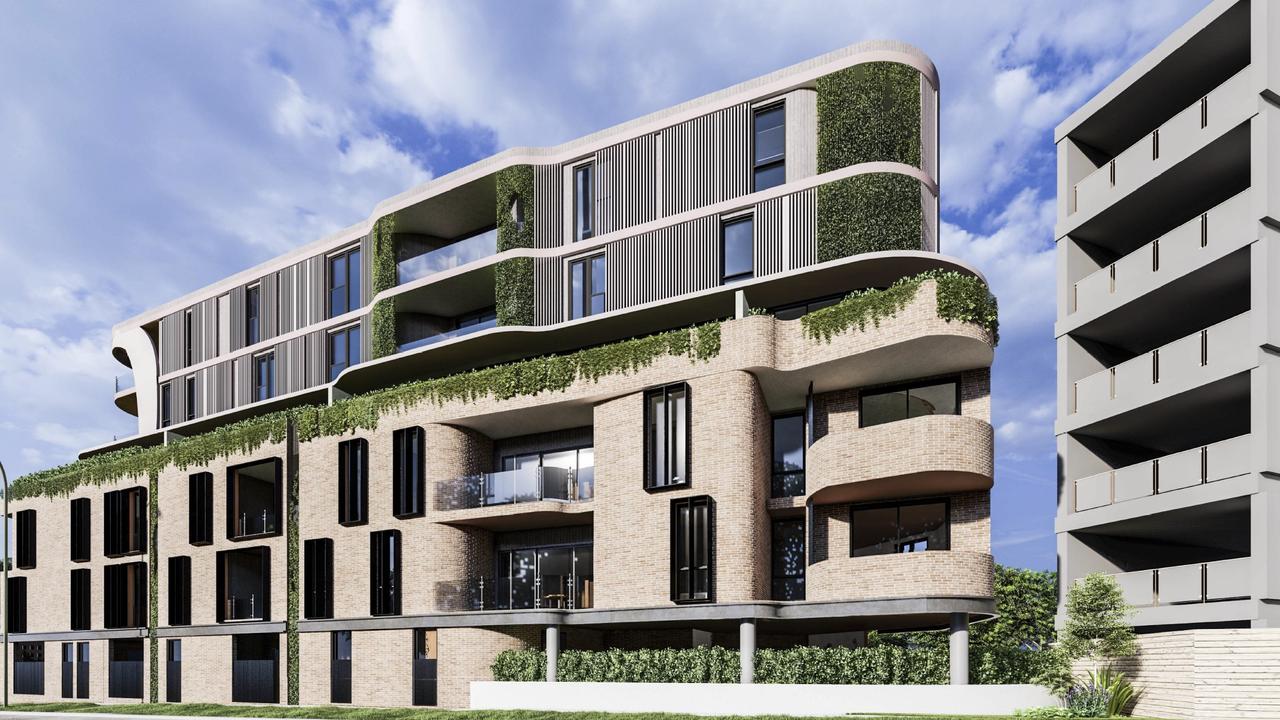
Amid these challenges, public sentiment appears to favour a temporary halt on migration, with IPA polling indicating that 60 per cent of Australians would prefer a pause in migration until the housing and infrastructure can adequately support the rapidly increasing population.
Only 23 per cent of respondents opposed such a pause.
“The current unplanned migration intake is placing immense pressure on housing and our critical infrastructure, and has not solved our worker shortage crisis,” Mr Wild said.
He explained that “record, unplanned migration” was not addressing the country’s issues with a shortage of workers, calling it a “lazy approach” which is “not working”.
“There should be a greater focus of getting Australian pensioners, veterans, and students into work,” he added.
“Australia is the world’s most welcoming and tolerant nation, and migration will aways be critical, but it must be planned for and undertaken in a manner that allows us to affordably house both new arrivals and first home buyers alike.”
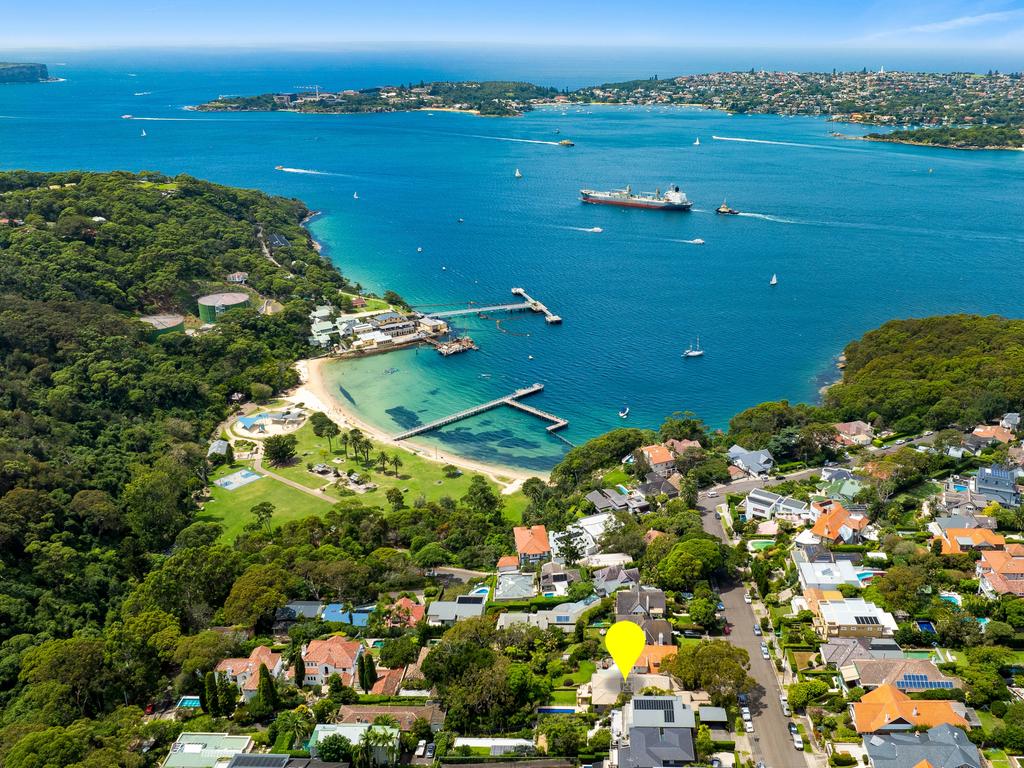
Economist Chris Richardson told QandA in November that the easiest way would be to temporarily cut back on the number of international students, who made up the bulk of new arrivals.
AMP head of investment strategy and chief economist Shane Oliver has also previously called for lower immigration to address housing affordability, saying “the role of high immigration levels can’t be ignored”.
“On our estimates it needs to be cut back to nearer 200,000 people a year to better line up with building industry capacity and to reduce the chronic housing supply shortfall,” he said in a September note.
“The main problem is nations like Australia and Canada run extraordinarily large immigration programs that are well beyond their ability to supply homes and infrastructure,” MacroBusiness chief economist Leith van Onselen said.
“These extreme immigration programs have created chronic housing shortages in both nations. So, the real solution to the housing crisis is to significantly lower immigration so housing and infrastructure can keep pace with population growth.”




